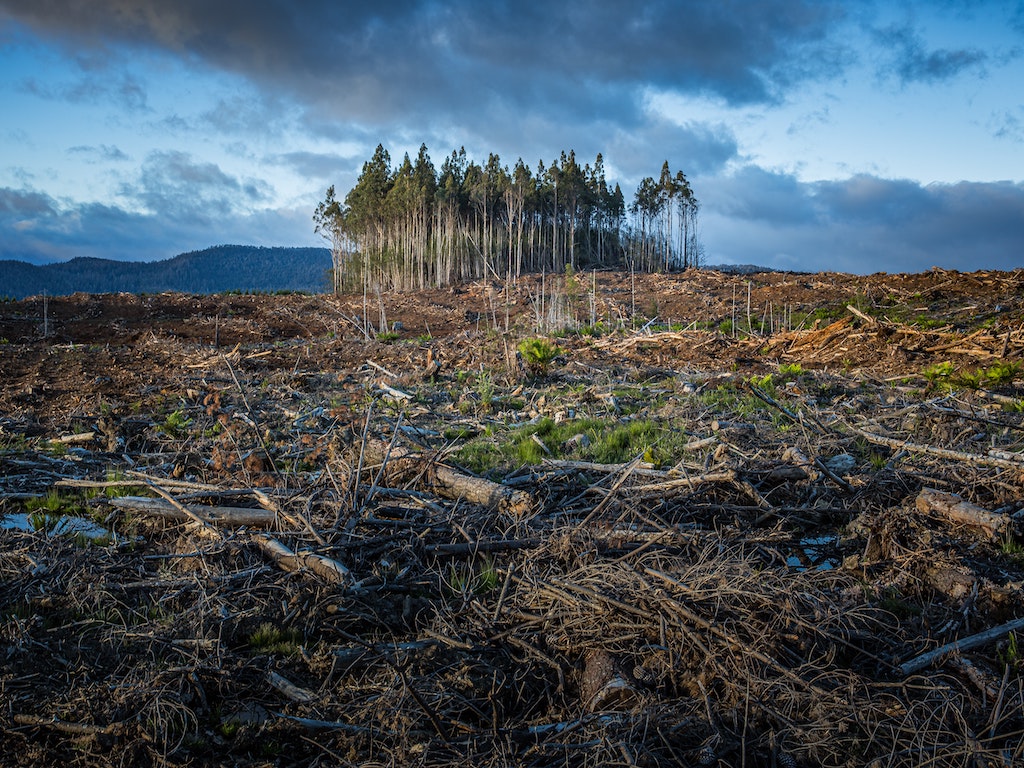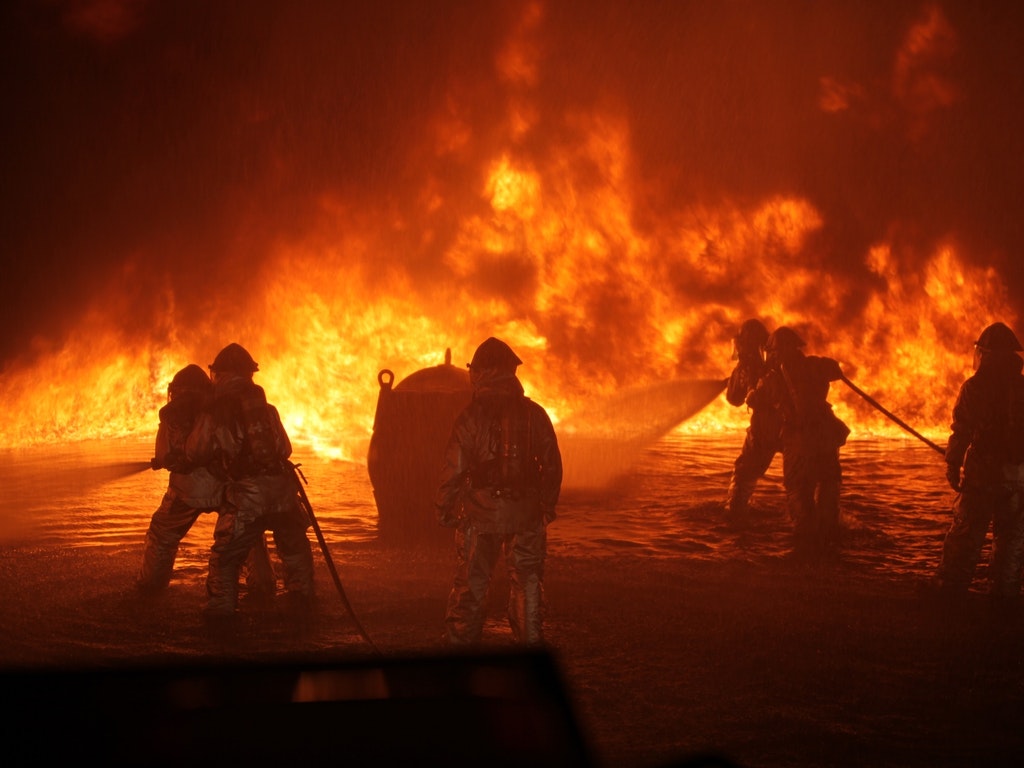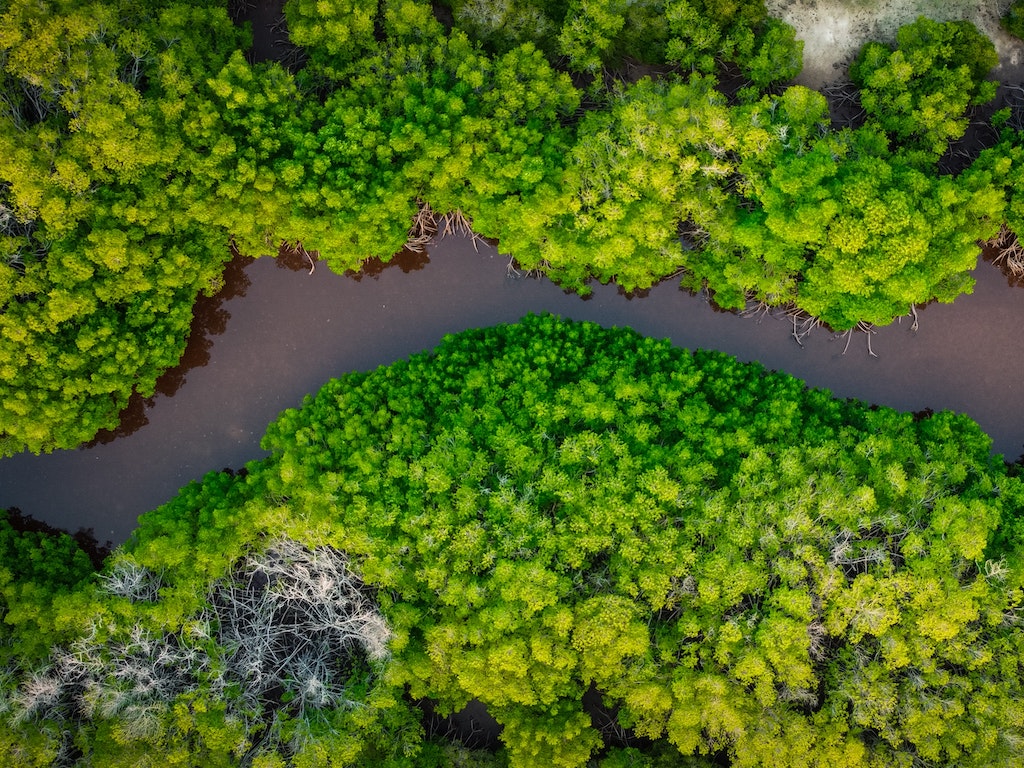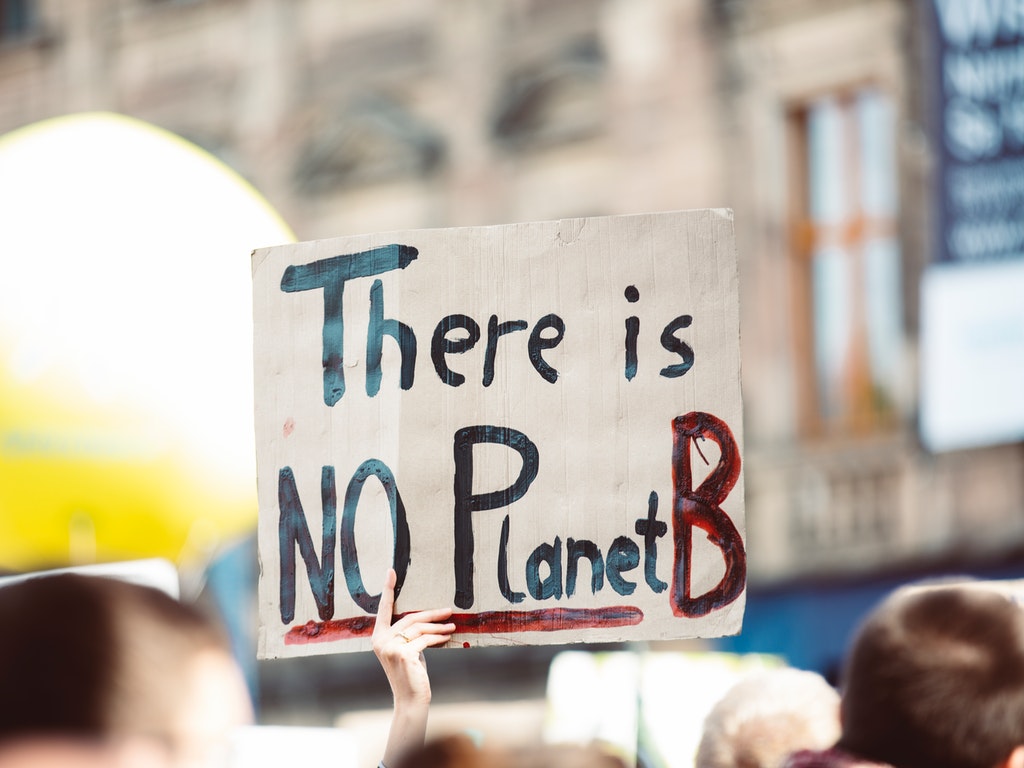5 Mins Read
The end of October marks the start of COP26, the annual United Nations conference on climate change. The conference is set to take place in Glasgow, Scotland, from November 1st to 12th. But what exactly is COP26 and what can it do for the planet?
In the eyes of many, COP26 is not just another international summit. Rather, it’s a pivotal moment for climate change that could determine how well we’re able to prevent the worst of the climate disasters that lie in the not-so-distant future. The official conference website notes that COP26 “has a unique urgency” and may be “the world’s best last chance to get runaway climate change under control.”

What is COP26?
COP stands for the Conference of the Parties. It is the decision-making body of the United Nations’ Convention on Climate that takes place each year for the plast 26 years. (Because of the COVID-19 pandemic, the conference was postponed last year.)
Over the last few decades, these COPs have been instrumental in helping climate change evolve from a fringe issue to one of global import.
Why is COP26 important?
The world is warming faster than scientists previously thought.
At COP21, which took place in Paris in 2015, 196 countries agreed to work together to keep global temperature rise to “well below” 2 degrees Celsius compared to pre-industrial levels, and aim for 1.5 C. From this, the Paris Agreement emerged. Under it, countries around the world committed to building out Nationally Determined Contributions (NDCs), which are essentially national plans for cutting emissions. Every five years, countries would come back with an updated plan. (As noted above, NDCs were delayed one year because of the COVID-19 pandemic.)
For COP26, 200 countries are unveiling their plans to cut emissions by 2030. Specific pledges around ending coal use, switching to electric vehicles, and doing more to protect nature are also expected.
General consensus is that the targets laid out in Paris in 2015, while monumental, did not go far enough in mitigating climate change. According to the BBC, these targets would result in “well above 3 degrees by 2100 compared to pre-industrial levels.”
Given that, the national plans for cutting emissions that countries will reveal at COP26 are crucial to get right. The window for achieving 1.5 C is closing fast. These next few years leading up to 2030 will be critical for governments, civilians, and businesses alike.
Who will attend COP26?
Some 30,000 people are expected to attend COP26, including world leaders, representatives of observer organizations, and journalists.

What are some of the key topics of COP26?
Numerous topics will be important at the conference in Glasgow, from money to the role of China to how the outcome of COP26 could impact day-to-day life for the average person.
In a recent briefing, Covering Climate Now and Climate Central laid out three main storylines that are helpful in understanding what is at stake at COP26:
1.5 C is the most important number at COP26.
It is the temperature degree rise at which scientists say we must keep global average temperature below in order to avoid the worst impacts of climate change. The IPCC’s report released in August of this year made it clear we need to stay as far below 1.5 as possible.
Michael Oppenheimer, the Albert G. Milbank Professor of Geosciences and International Affairs at Princeton, noted at the recent briefing that going beyond 1.5 presents “a risk that the climate spins out fo control beyond our ability to adjust to it or adapt to it.”
We are already at 1.1 C. Keeping warming below 1.5 C is, according to many experts, is still possible, but will require an unprecedented level of change.
Climate justice is both imperative and self-interested.
Right now, the negative impacts of climate change are having the biggest impact on the poorest countries, even though they are emitting only a small part of the greenhouse gases causing droughts, floods, fires, and other disasters.
“The victims of pollution are the poorest people on the planet,” Saleemul Huq, the director of the International Center for Climate Change and Development in Dhaka, Bangladesh, said during the recent briefing.
As part of the path towards climate justice, these poorer nations want a plan of how the richer countries will deliver the $500 billion they owe over five years.
Of the money rich countries have already delivered to the poorer ones, 80 percent went to the bigger developing countries to help reduce their emissions. Only 20% of it went to the most vulnerable countries to help them adapt to climate change. “Half of that money should go the most vulnerable countries to help them adapt to the adverse impacts of climate change,” said Huq.
Without assisting poorer nations, the planet has little hope of maintaining 1.5 C, which means the rich will ultimately suffer the devastating impacts of climate change, too.
Solutions abound—but so do political barriers.
Countries and corporations often impede progress when it comes to fighting climate change. Carbon fuel is deeply embedded into economies, and tax and regulatory policies in carbon states like the US, China, and Saudi Arabia favor fossil fuels.
Covering Climate Now notes that, “The wealth and power of companies like Exxon and Aramco have been perhaps the single biggest reason why decades of UN climate negotiations have achieved so little.”

What are some specific goals at COP26?
The official COP26 website lays out four different things COP26 needs to achieve:
Secure global net zero by mid-century and keep 1.5C in reach
Countries are being asked to present plans that help phase out coal, speed up the switch to EVs, invest in more renewables, and curb deforestation
Adapt to protect communities and natural habitats
This includes protecting ecosystems and restoring those that have already been damaged, as well as building up defenses for infrastructure against the impacts of climate change (floods, drought, fires, etc.)
Mobilize finance
Developed countries previously pledged $100 billion per year to help poorer nations by 2020. These countries must now make good on this pledge.
Work together
Accelerating action is a joint effort from governments, businesses, and civil society.
“There is no end of the world point where you give up,” Oppenheimer said on the recent Covering Climate Now briefing. “Things can always get worse, and for better or worse humans are going to be around suffering the damage. Instead of throwing up the hands . . . we always have to try to do better.”
Lead image courtesy of Pexels.



